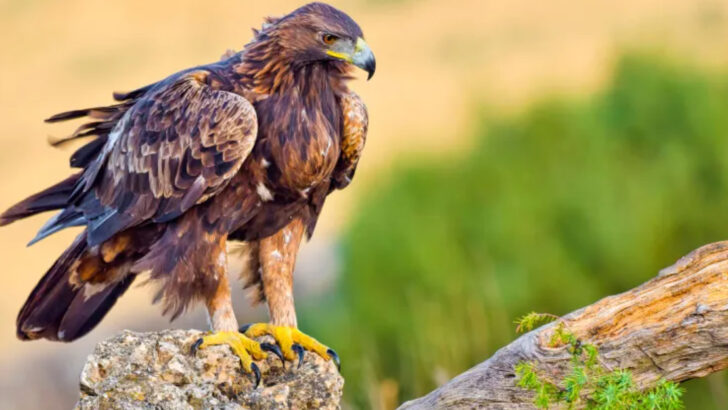Some birds are meant to soar, not sit in cages.
While parrots, canaries, and finches have long been popular pets, there are wild birds that simply don’t belong in a home—no matter how beautiful or fascinating they may be. Keeping them isn’t just difficult; it’s a disaster waiting to happen.
From raptors with razor-sharp talons to songbirds with delicate survival needs, these creatures thrive in the open skies, not behind bars. They have specialized diets, massive energy reserves, and instincts that no amount of taming can erase.
Think you can handle one of these wild wonders? Think again. Here are 17 birds that should never—ever—be kept as pets!
Bald Eagle
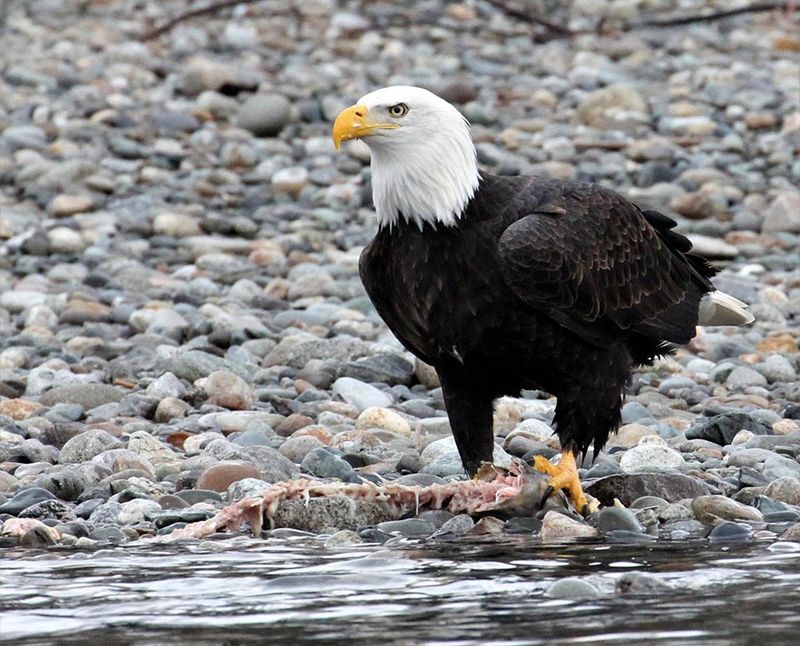
The bald eagle is an emblem of freedom and power. These majestic creatures soar through vast skies, their keen eyes spotting prey from incredible distances. Their sharp talons and powerful beaks make them formidable hunters in their natural habitats.
In the wild, bald eagles establish large territories and build enormous nests high up in trees or cliffs. Captivity limits their need for space and freedom to hunt and mate, impacting their mental and physical health.
Moreover, laws protect bald eagles under various conservation acts, making it illegal and unethical to keep them as pets. They truly belong in the wild.
Great Horned Owl
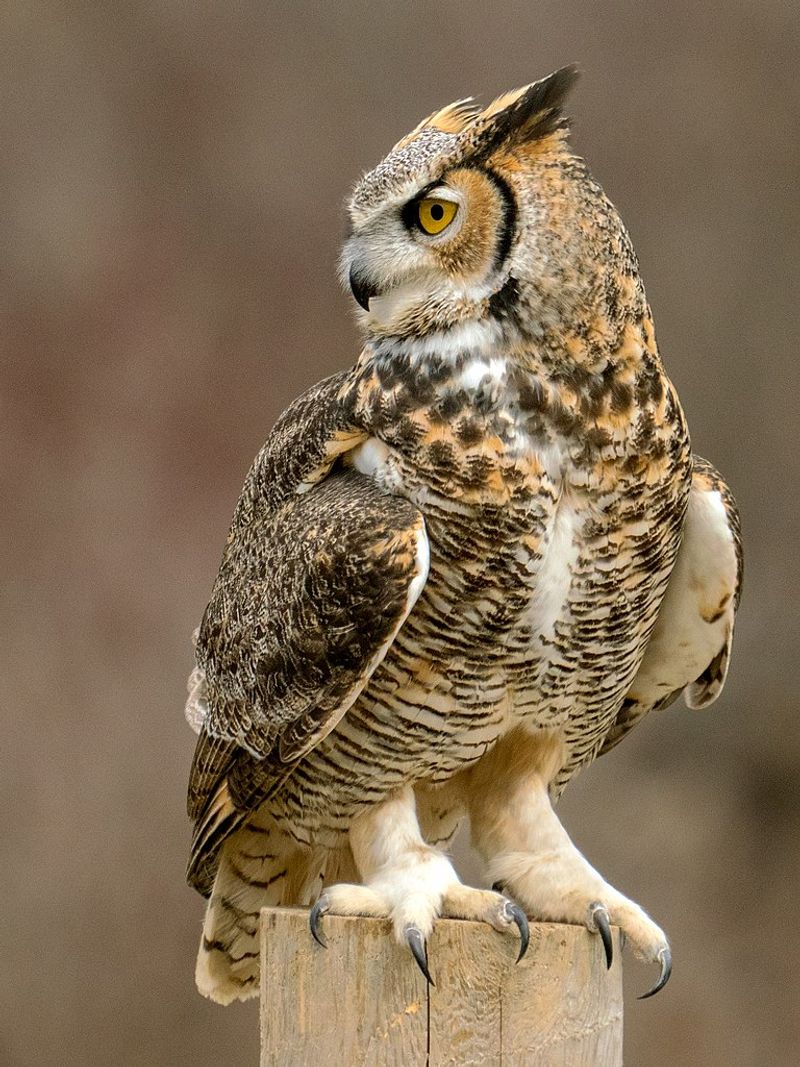
With tufts resembling horns, the great horned owl cuts an imposing figure in the moonlit woods. Its haunting hoots echo through the night, a call of the wild that captivates and intimidates.
These owls are master hunters, equipped with extraordinary night vision and silent flight. Keeping them as pets would strip them of their nocturnal prowess and hunting skills, leading to boredom and stress.
Their fierce independence makes them unsuitable for life in captivity, where they cannot exhibit their true behaviors. The great horned owl is best admired from afar, in its natural environment.
Scarlet Macaw
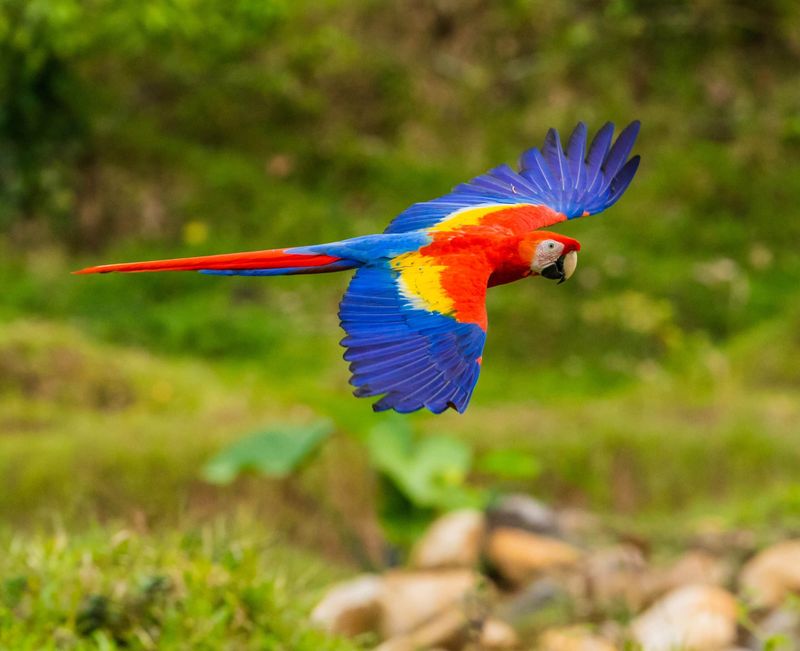
The scarlet macaw is a spectacle of color and sound. Its vibrant plumage dazzles in the tropics, where these birds chatter noisily with their flocks. Social and intelligent, they form strong bonds with their mates and family groups.
When confined, macaws often suffer from loneliness and develop destructive behaviors due to lack of social interaction and stimulation. Their natural diet is diverse and challenging to replicate in captivity, affecting their health.
Ultimately, the beauty of a scarlet macaw is best appreciated in the wild, flying freely among the forest canopy.
Peregrine Falcon
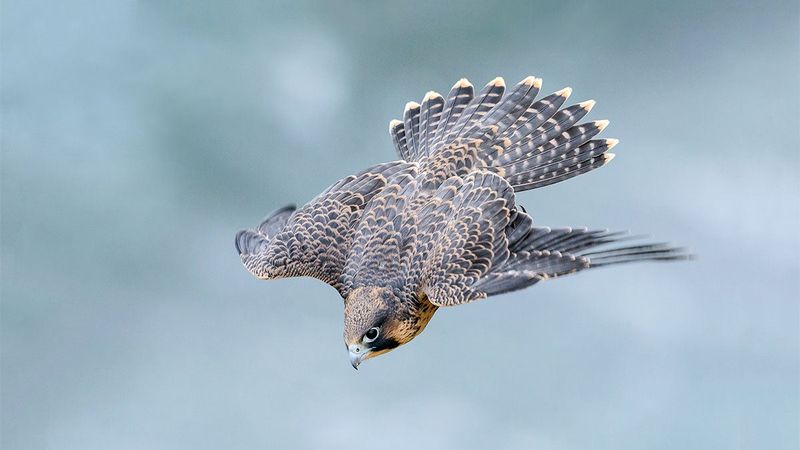
Known for its speed, the peregrine falcon is a marvel of aerial agility. This bird of prey can stoop at over 200 mph, making it the fastest animal on the planet. Such prowess is impossible to replicate or accommodate in captivity.
Peregrine falcons are solitary hunters, requiring vast territories to thrive. In the wild, they nest on cliffs and high ledges, a stark contrast to the confines of captivity.
Their need for freedom and independence means they often experience distress when caged, leading to health issues. The peregrine falcon is a testament to nature’s engineering, best left in the wild.
Snowy Owl
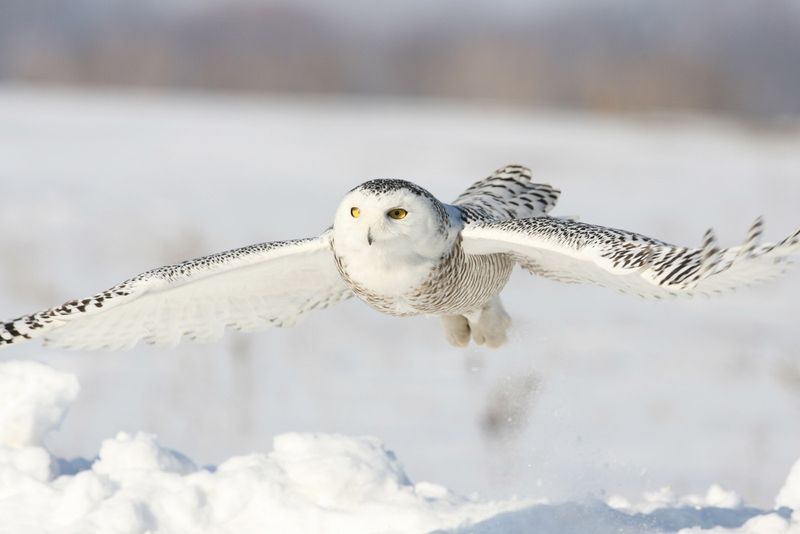
The snowy owl, with its ghostly appearance, patrols the cold, open landscapes of the Arctic. Known for its patience and precision, this owl hunts in daylight, a rarity among its kin.
Captivity strips away their ability to roam and hunt, stifling their natural instincts. Snowy owls require specific diets and climates, which are difficult to replicate outside their natural habitats.
Their unique adaptations for survival in extreme cold make them unsuitable for life as pets. Observing a snowy owl in the wild is a magical experience that should not be diminished by captivity.
Harpy Eagle
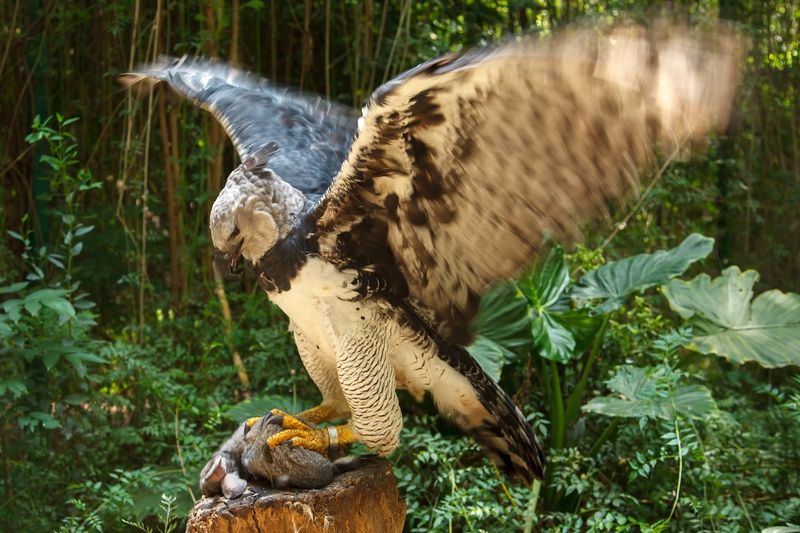
The harpy eagle, with its regal crown of feathers, is a formidable predator of the rainforest. Its powerful talons can snatch prey from trees with ease, making it one of the largest and most fearsome birds of prey.
In captivity, these eagles cannot exercise their natural hunting abilities, leading to physical and psychological stress. Their vast territories and need for flight space cannot be met in a cage.
Moreover, harpy eagles play a vital role in their ecosystems, controlling prey populations. Their majesty is best witnessed in the untamed wild, soaring through the rainforest canopy.
Kea
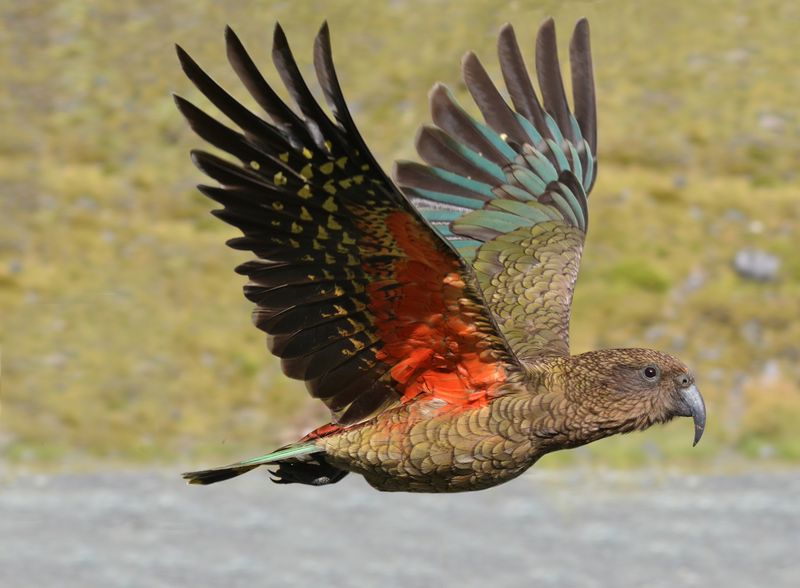
Dubbed the “clown of the mountains,” the kea is an intelligent and playful parrot native to New Zealand’s alpine regions. Known for its curiosity, this bird engages in problem-solving and social interactions with its flock.
In captivity, keas often become bored, leading to destructive behaviors. Their complex social structures and need for mental stimulation cannot be provided in a typical household setting.
Their natural behaviors, like digging through snow and probing rocks, are impossible to replicate in captivity. The kea thrives in the rugged landscapes of its homeland, a testament to nature’s ingenuity.
Hyacinth Macaw
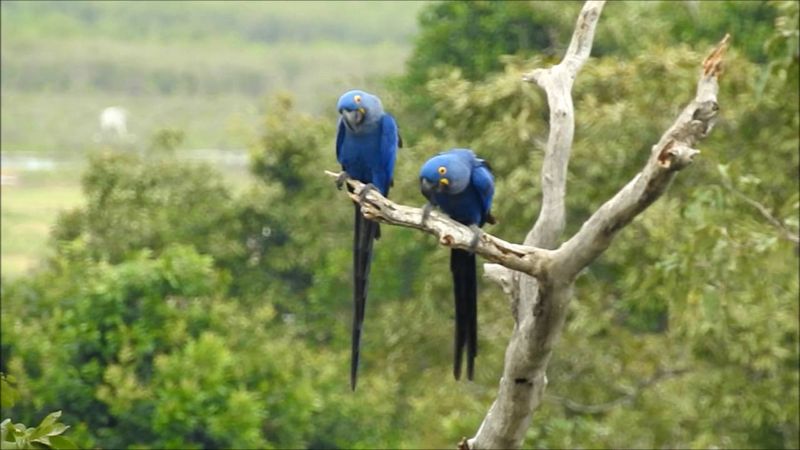
The hyacinth macaw, with its stunning cobalt-blue feathers, is the largest of all parrots. This gentle giant is native to the South American rainforests, where it forms bonds with its mate for life.
In captivity, hyacinth macaws often suffer from behavioral issues due to lack of space and social interaction. Their powerful beaks require a diet of hard nuts, difficult to provide in a domestic setting.
Their loud calls and high energy levels make them unsuitable as pets. The hyacinth macaw’s beauty and grace are best admired in the vibrant rainforests where they belong.
African Grey Parrot
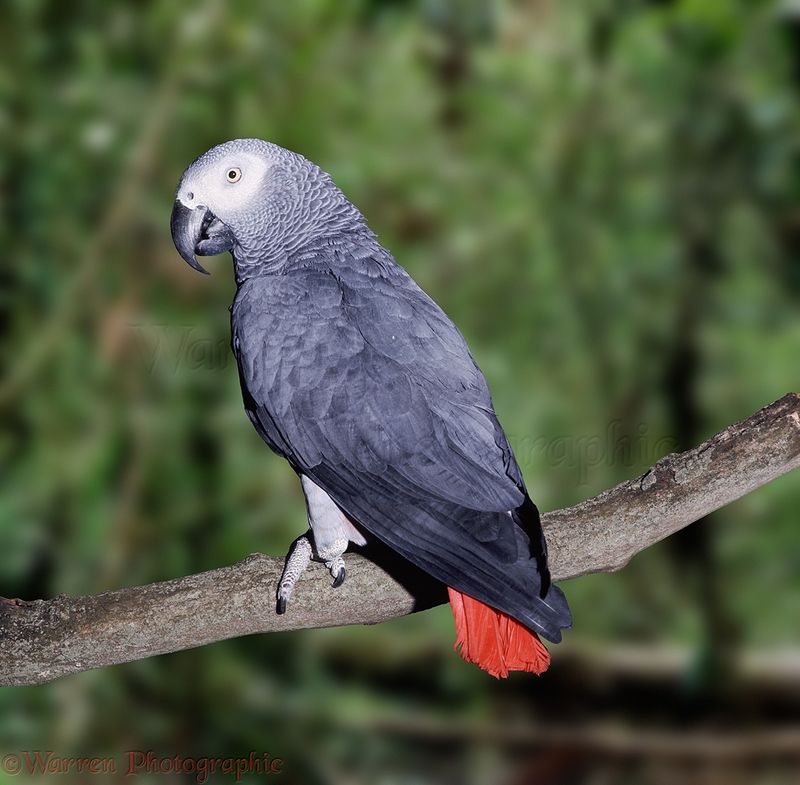
Renowned for their intelligence and vocal abilities, African grey parrots are more than just mimics; they are thinkers. In their native African rainforests, these parrots engage in complex social interactions.
Captivity often leads to stress and behavioral problems in African greys, stemming from boredom and isolation. Their cognitive needs and social intricacies are challenging to satisfy in a home environment.
Their natural habitat provides a richness of stimuli that is irreplaceable, making them unsuitable pets. Observing an African grey in the wild is a fascinating glimpse into avian intelligence and community.
Cockatoo
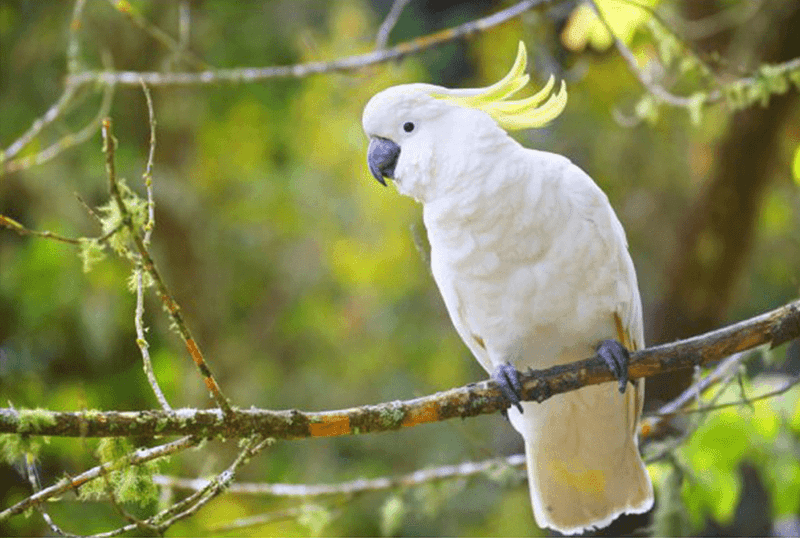
Cockatoos are known for their charming personalities and impressive crests, which they raise and lower like feathery crowns. These social birds thrive in the forests of Australia, engaging in playful and complex behaviors.
In captivity, cockatoos often face mental and physical health issues due to lack of space and social interaction. Their loud calls and need for constant engagement make them challenging pets.
They require a stimulating environment, full of challenges and social dynamics, which is hard to replicate at home. The vibrant life of a cockatoo is best enjoyed in the wild, where they can truly shine.
Red-tailed Hawk
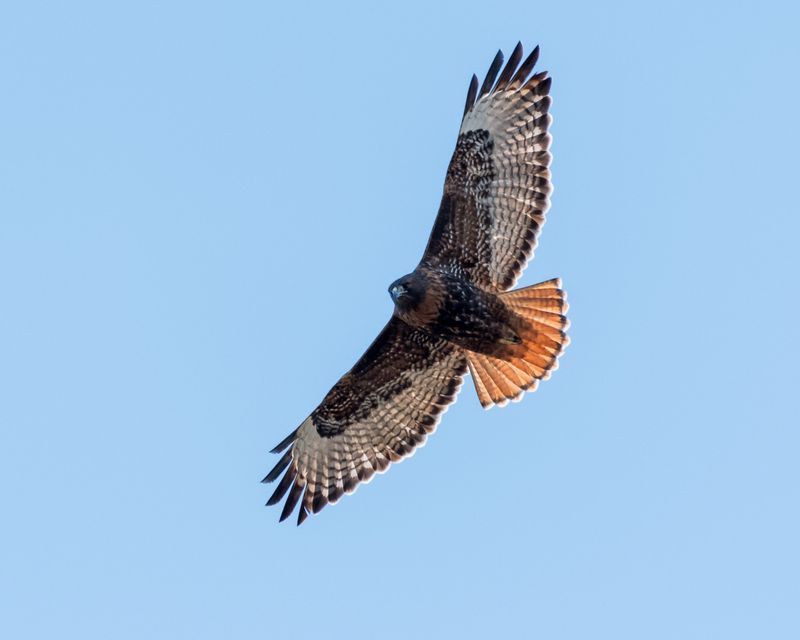
The red-tailed hawk, with its piercing eyes and majestic flight, is a symbol of the American wilderness. These solitary hunters glide effortlessly over open fields, their cries echoing through the skies.
In captivity, these hawks cannot engage in their natural hunting and flying behaviors, leading to frustration and distress. Their home is the vastness of the wild, where they play a crucial role as apex predators.
Keeping such a bird as a pet not only diminishes its spirit but also disrupts the balance of its natural habitat. The red-tailed hawk is a marvel of nature best left uncontained.
Kingfisher
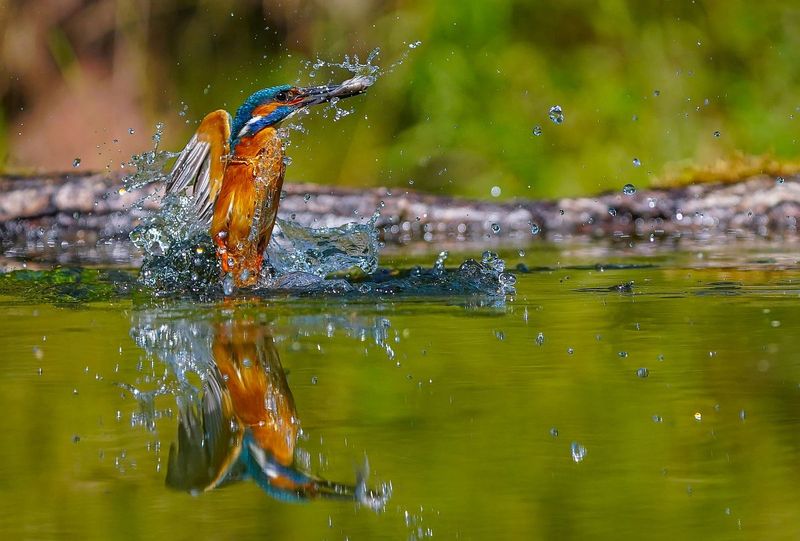
Kingfishers, with their vivid colors and expert fishing skills, bring vibrancy to rivers and streams. These small birds are known for their ability to dive with precision, plucking fish from the water with ease.
In captivity, kingfishers cannot perform their natural hunting behaviors, leading to stress and health issues. Their specialized diet of live fish is challenging to replicate, impacting their wellbeing.
These birds are a delight to watch as they dart across water surfaces, a spectacle best enjoyed in their natural environment. Captivity denies them the freedom to express their extraordinary fishing prowess.
Raven
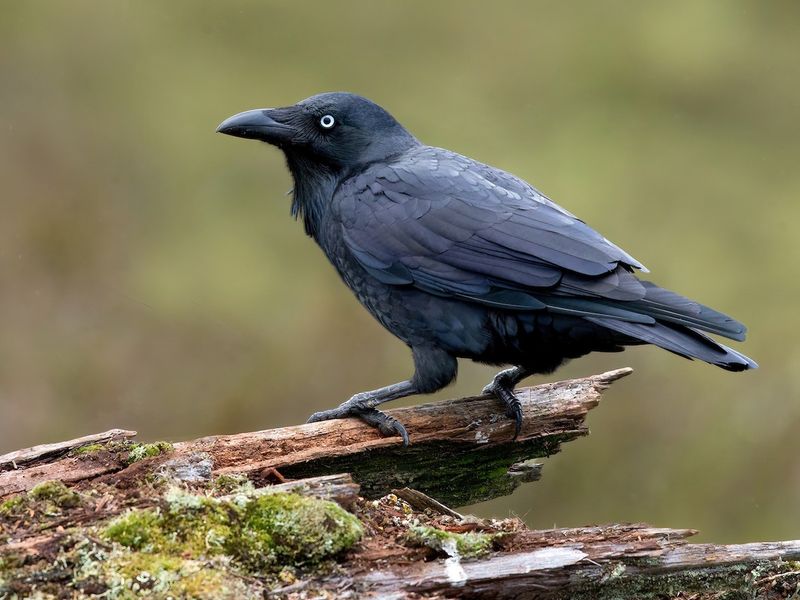
Ravens are the intellectuals of the bird world, known for their problem-solving skills and complex social interactions. These mysterious creatures thrive in diverse habitats, from forests to deserts.
In captivity, ravens can become despondent due to lack of mental stimulation and social contact. Their intelligence and curiosity drive them to explore, play, and communicate in ways that are stifled in confinement.
Ravens hold a special place in mythology and culture, a testament to their enigmatic nature. The wild is where they belong, free to engage in the behaviors that make them so fascinating.
Albatross
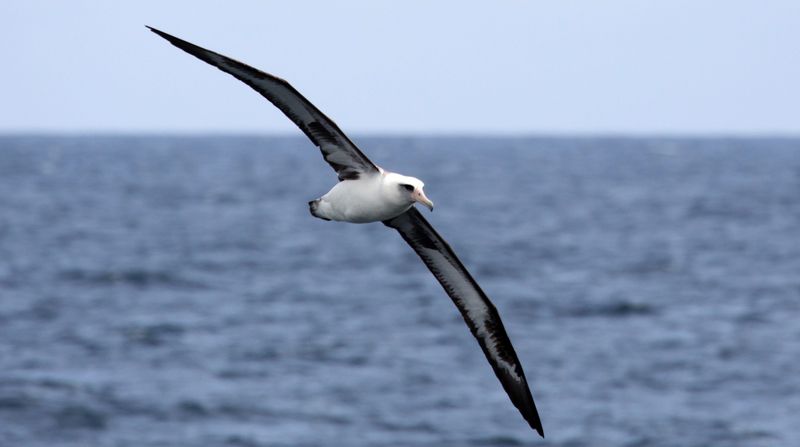
The albatross is a master of the skies, with an extraordinary wingspan that allows it to glide over vast oceans for days without rest. These seabirds are built for the open sea, where they spend most of their lives.
In captivity, the albatross’s need for space and flight cannot be met, leading to severe stress and health issues. Their life on the wing, gliding effortlessly over waves, is impossible to replicate in a confined space.
Their role in marine ecosystems is vital, and their freedom to roam the skies is essential. The albatross is a symbol of the boundless ocean, best seen in its natural habitat.
Peacock
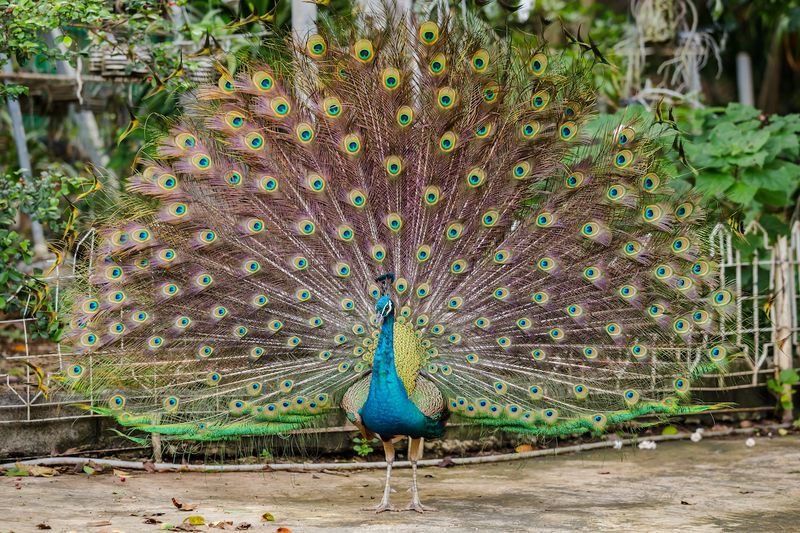
The peacock is famed for its dazzling display of colorful feathers, a sight that captivates observers worldwide. This bird’s courtship rituals are a spectacle of elegance and grace, showcasing nature’s artistry.
In captivity, peacocks often suffer from boredom and lack of space to display their full plumage. Their social and roaming nature is stifled, impacting their wellbeing.
Their natural habitats provide ample space for their elaborate displays and social interactions. Keeping peacocks as pets diminishes the grandeur of their courtship dances. The beauty of a peacock is best appreciated in an open, natural setting.
Andean Condor
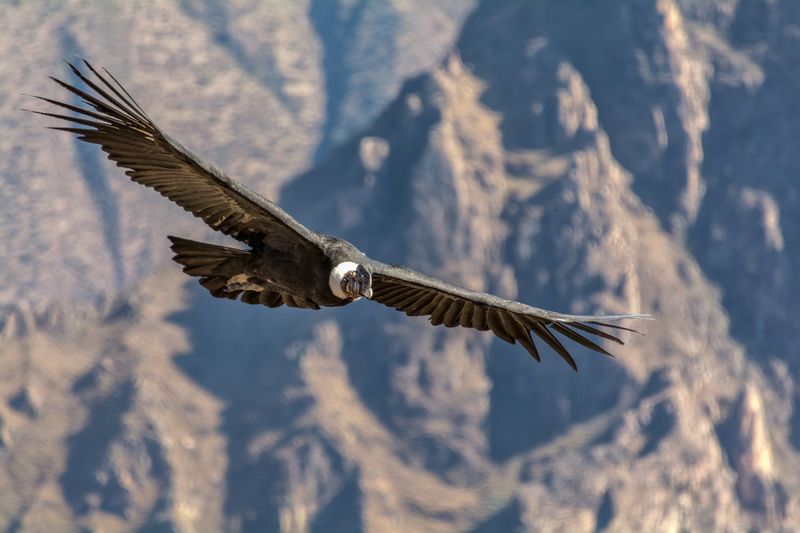
The Andean condor, with its imposing wingspan and regal flight, dominates the skies over the South American Andes. These birds are among the largest flying birds, capable of gliding for hours on thermal currents.
Captivity cannot provide the vast expanses needed for their flight, leading to significant stress and health concerns. As scavengers, they play a crucial role in their ecosystem, cleaning up carcasses and preventing disease.
Their majestic presence is a reminder of the wild, untamed beauty of the Andes. The Andean condor is a titan of the sky, best left to soar in its natural mountain home.
Golden Eagle
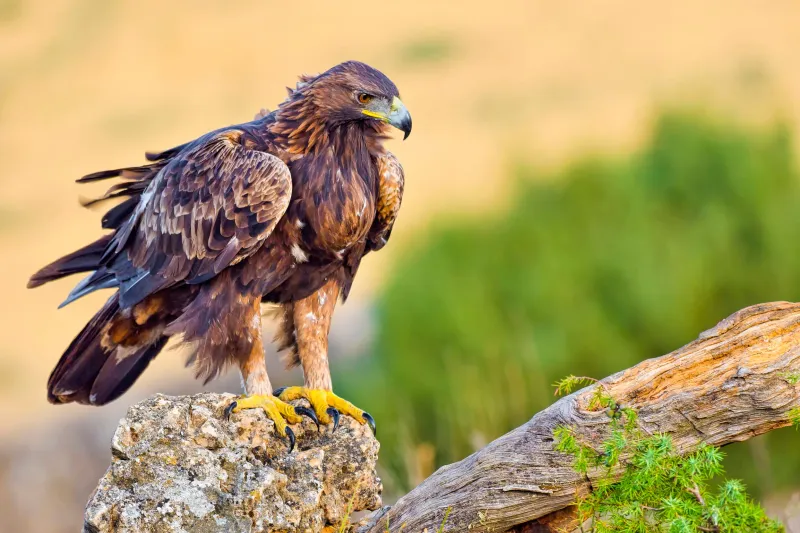
The golden eagle, with its piercing gaze and powerful build, is a symbol of strength and freedom. These raptors are expert hunters, soaring high above mountainous terrains in search of prey.
In captivity, golden eagles cannot express their natural behaviors, leading to frustration and health issues. Their need for vast territories and hunting ground is impossible to meet within the confines of a cage.
Golden eagles are integral to their ecosystems, maintaining the balance of prey populations. Their magnificence is best observed in the wild, where they rule the skies with grace and authority.

